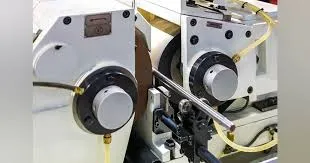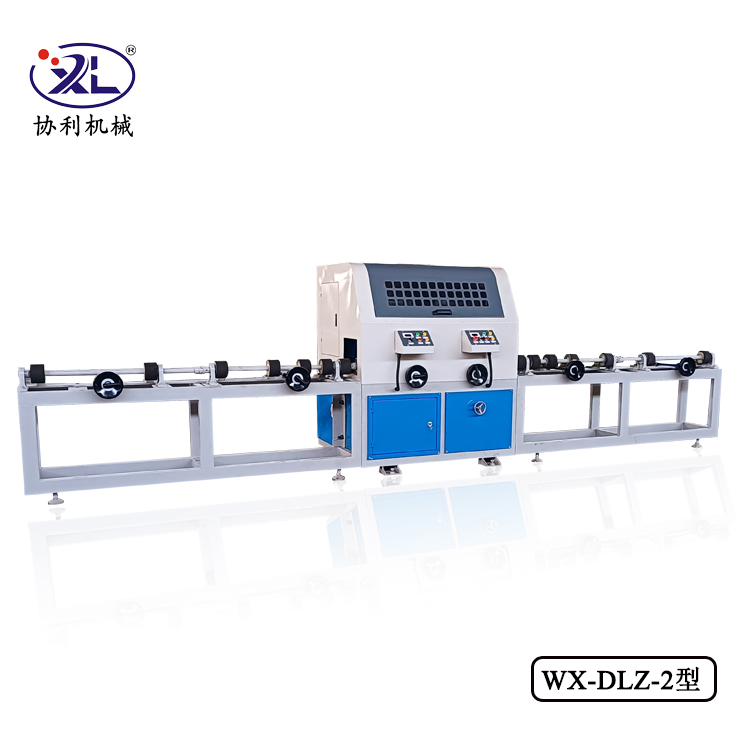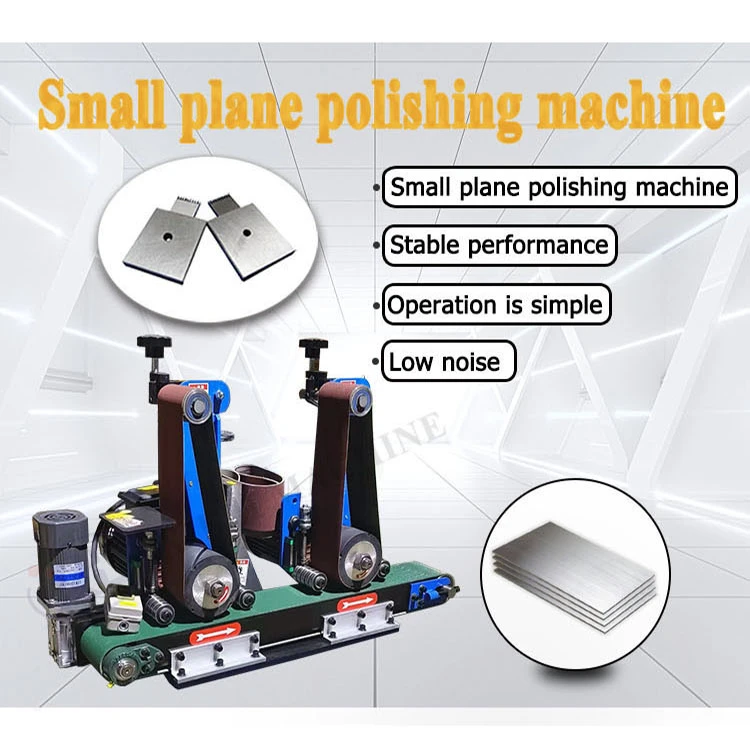Centerless Grinder Automation Products Enhancing Efficiency and Precision in Manufacturing
In the modern manufacturing landscape, precision and efficiency are paramount. Industries ranging from automotive to aerospace demand immaculate tolerances and rapid production rates, and one technology that has been a cornerstone of this evolution is the centerless grinder. The automation of such machines has dramatically transformed the way manufacturers approach grinding processes, leading to enhanced productivity, reduced operational costs, and improved product quality.
Understanding Centerless Grinding
Before delving into automation, it’s crucial to comprehend what centerless grinding entails. Unlike conventional grinding methods, where workpieces are held between two centers, centerless grinding allows the workpiece to be positioned between a grinding wheel and a regulating wheel. This setup offers several advantages, including the ability to grind multiple parts simultaneously, reduced cycle times, and increased throughput. The absence of centers also means that the setup for the machining process is simplified, allowing for quick changes and reduced downtime.
The Role of Automation in Centerless Grinding
Automation in centerless grinding has emerged as a vital solution to meet the growing demands of mass production. Automated systems often include robotic loaders and integrated control systems, which streamlines the entire process. Here are several key benefits of incorporating automation into centerless grinding operations
1. Increased Production Rates Automation enables continuous operation without the need for constant human oversight. This means that machines can run longer and produce more parts in a given timeframe. Automated feeders can handle the loading and unloading of parts, significantly speeding up the cycle time.
2. Consistent Quality Automation reduces the potential for human error, ensuring that each part produced meets the specified tolerances and quality standards. With advanced sensors and monitoring systems, manufacturers can achieve consistent quality, reducing the incidence of defects and rework.
3. Enhanced Flexibility Modern automated centerless grinders can be programmed to handle various part sizes and shapes, providing manufacturers with the flexibility to adapt to different production requirements. This adaptability is particularly valuable in industries where product variations are common.
4. Reduced Labor Costs With automation taking over repetitive and labor-intensive tasks, manufacturers can reallocate their workforce to more strategic roles that require human intuition and problem-solving abilities. This not only reduces labor costs but also increases job satisfaction among employees.
centerless grinder automation products

5. Data-Driven Insights Automated systems often come equipped with sophisticated data collection and analysis tools. Manufacturers can monitor production metrics in real-time, gaining insights into machine performance, part quality, and operational efficiency. This data is invaluable for continuous improvement initiatives, predictive maintenance, and process optimization.
Innovations in Centerless Grinder Automation Products
The market for centerless grinder automation products has seen significant innovation over recent years. Key advancements include
- Robotic Loading Systems Robots are increasingly used to load and unload parts, integrate seamlessly into the manufacturing process, and ensure that the grinding machine operates without disruption.
- Advanced Control Software With the rise of Industry 4.0, advanced control systems that incorporate artificial intelligence (AI) and machine learning algorithms help optimize the grinding process in real-time, adapting to variations in part dimensions and material properties.
- Integrated Quality Control Systems equipped with laser measurement and vision inspection technologies ensure that each part is tested for precision and quality throughout the production process, allowing for immediate adjustments if discrepancies are detected.
Conclusion
As manufacturers seek to enhance efficiency and precision, the automation of centerless grinders presents a profound opportunity to transform operations. The advantages of increased production rates, consistent quality, and reduced labor costs position automated centerless grinder setups as a favorable investment for 21st-century manufacturing. As technology continues to evolve, further innovations will undoubtedly emerge, pushing the boundaries of what is possible in centerless grinding and setting new standards for the manufacturing industry.
In summary, the integration of automation in centerless grinding is not just a trend; it is a necessity for manufacturers looking to thrive in a competitive market. By embracing these technologies, companies can ensure they remain at the forefront of precision manufacturing, driving excellence and growth for years to come.





